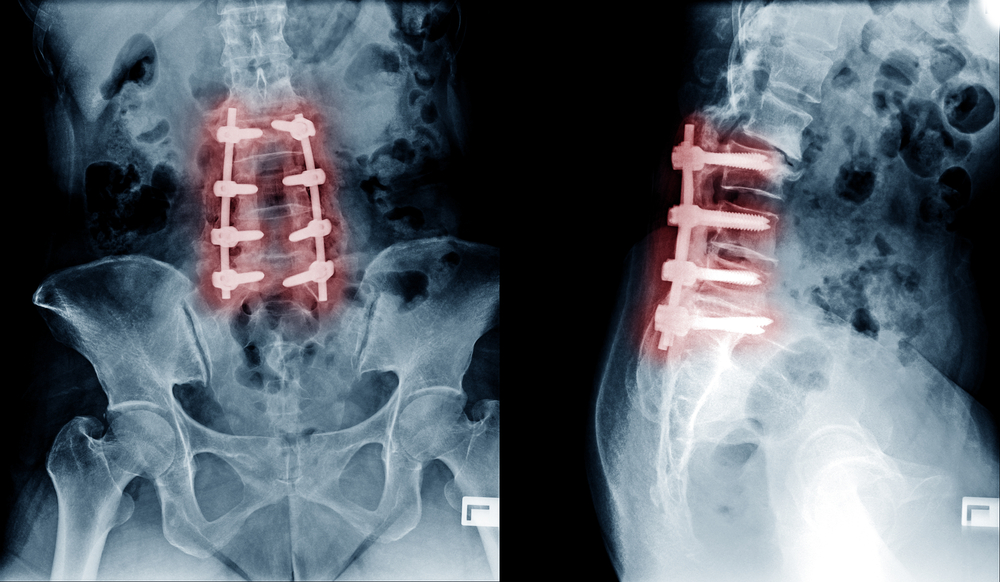Spinal fusions are a surgical technique that fuses two or more vertebrae. This procedure fuses two vertebrae by using orthopedic devices, bone grafts, and tissue grafts to enhance the body’s healing process and improve symptoms. This procedure aims to maintain spine alignment, improve flexibility, and correct spinal conditions affected by genetic diseases.

Why Are Spinal Fusions Done?
Spinal fusions are often performed to treat back pain resulting from various spine conditions. Spinal fusions are usually performed when conservative treatments, such as physical therapy and medication, do not provide relief and are highly recommended for patients with neurological problems and severe back pain and correcting spinal deformities. Some of the conditions spinal fusions can treat include:
- Scoliosis
- Spondylolisthesis
- Spinal Weakness
- Herniated Disks
- Degenerated Disc Disease
- Spinal Stenosis
- Lower Back Pain
Spinal fusions are often considered by surgeons and neurologists to be the form of treatment prescribed, while certain surgeries work towards providing ways towards accessing the regions suffering from pain. Spinal fusions can be performed through several surgical techniques, including:
- Posterior Open Surgery
- Anterior Open Surgery
- Minimally Invasive Surgery
- Lumbar Interbody Fusions
- Thoracic Interbody Fusions
- Cervical Interbody Fusions
These surgical methods can be interchangeable and are typically performed after removing the spine’s disc and parts of the spine’s skeletal structure to accomplish this goal. The goal with spinal fusions is to create a newer section of bone with bone grafts, which assist in the body’s healing process by using either a person’s bone structure or synthetic bone to repair lost bone removed when performing a spinal fusion.
Spinal fusions may use bone from a patient’s hip or a bone bank to stabilize the vertebrae after removing the discs. As the bones fuse, a solid structure forms to ease pain, limiting a person’s movement and flexibility. To best determine whether a patient would need to have a spinal fusion, the neurologists would need to examine the amount of instability present from disc removal and how much disc space is required to restore the spine to health.
How Are Spinal Fusion Performed?
Spinal fusion can be performed through different surgical methods. If anterior, the surgeon would perform the fusion through an incision made either on the chest, abdomen, or side closest to the hip. Posterior surgeries would involve going through the rear of the spine, lifting the muscles and nerves surrounding the vertebrae to access the fusion site. Minimally invasive procedures would make smaller incisions and avoid removing any bone, tissue, or muscle that may cause complications with recovery. Other methods, such as the TLIF procedure, can combine minimally invasive techniques with other orthopedic devices to provide continual support for the discs while recovering.
After completing a spinal fusion, it usually takes between six and twelve months for the fusion to complete and for the spine to recover from the intensive surgery.



